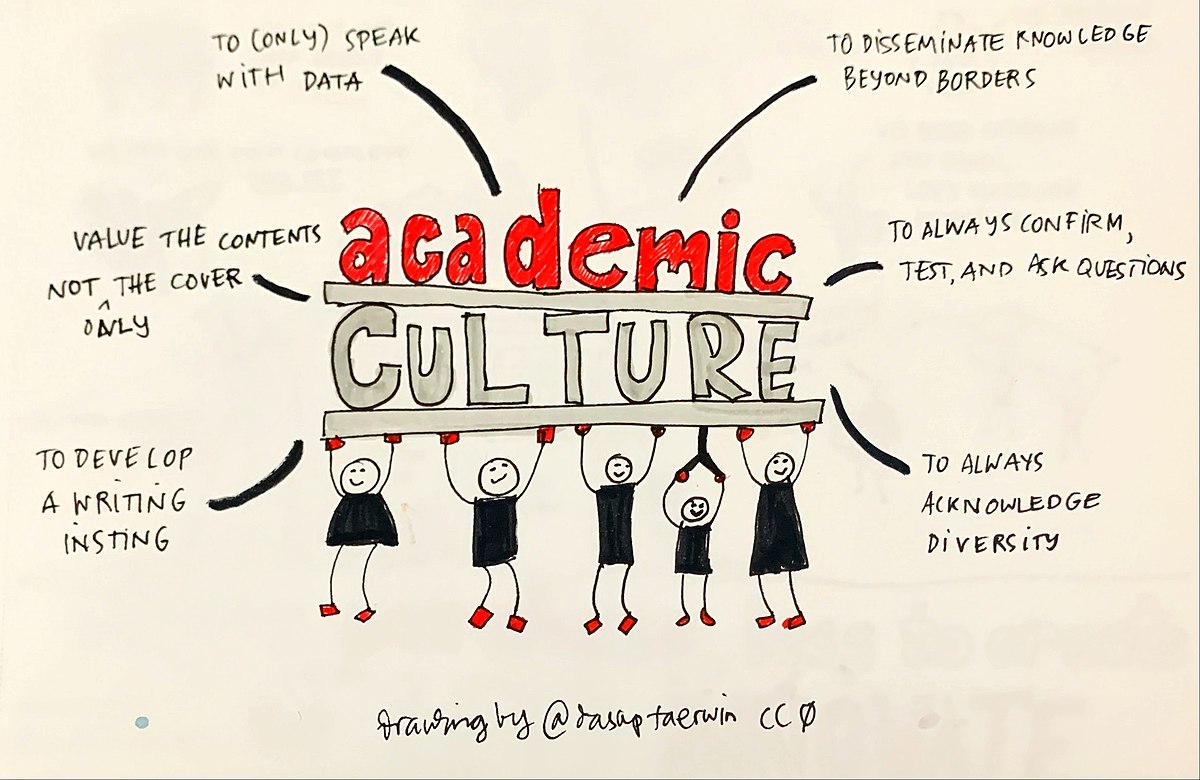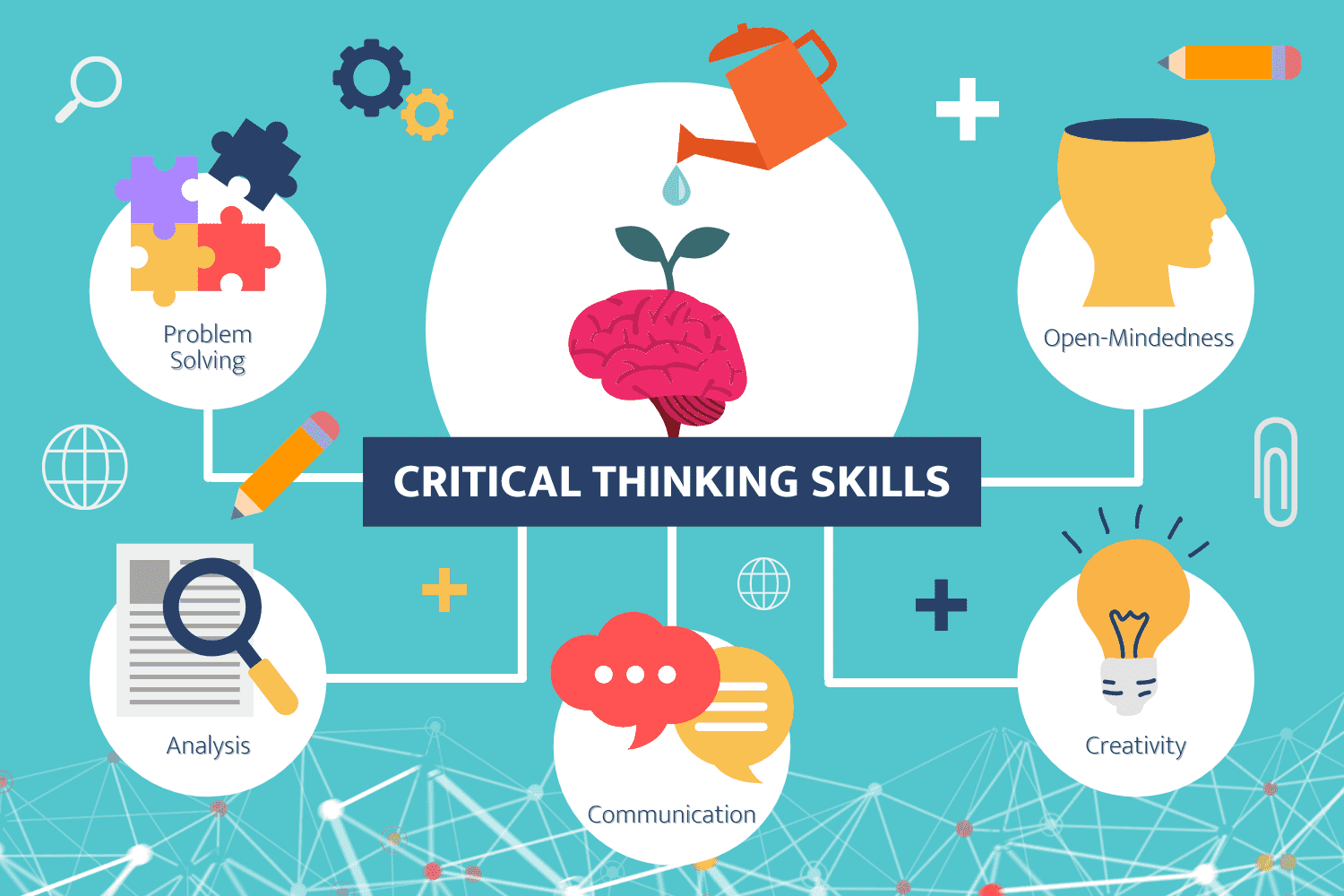In today’s educational landscape, integrating various subjects through cross-curricular projects has emerged as a powerful teaching strategy. By doing so, students not only retain information better but also gain a deeper understanding of how different disciplines interconnect. Discover the transformative benefits that these projects bring to student learning and development.
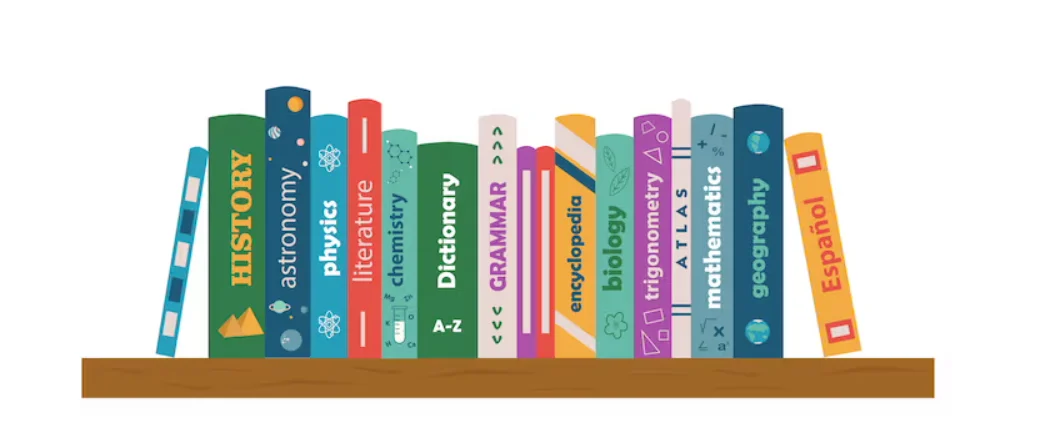
Enhancing Learning Through Integration
Embedding cross-curricular projects into the curriculum fosters a rich learning environment where students can explore complex topics from multiple perspectives. This multifaceted approach inspires creativity, encourages critical thinking, and makes learning more relevant to students’ lives. Engaging students through integrated projects ignites their curiosity and promotes a passion for lifelong learning.
Significance in Student Development
The approach of connecting different subjects aids students in building essential skills that go beyond academic achievements. Social skills, collaboration, and problem-solving prowess are nurtured as students work together on projects that require them to apply knowledge from various fields. This method of teaching creates a holistic educational experience that better prepares students for future challenges.
Optimal Timing and Environment for Implementation
Selecting the right time and environment to implement cross-curricular projects can significantly enhance their effectiveness. Collaborative projects works best in supportive settings such as classrooms equipped with resources and technology. Class projects are often more successful when integrated at the onset of new topics, allowing students to create connections that will enhance their understanding as they progress. This experiential learning often coincides with events or timelines that are relevant to the topics being studied.
Unique Advantages to Learning
One notable advantage of cross-curricular projects is that they cater to diverse learning styles. Students who might struggle in a traditional learning environment often flourish when given the chance to engage with the material through multiple disciplines. This approach not only enriches their educational experience but also builds self-esteem, motivation, and enthusiasm for learning.
Frequently Asked Questions
1. What are cross-curricular projects?
Cross-curricular projects are educational strategies that combine content and skills from multiple subjects to create a more engaging learning experience.
2. How do these projects benefit students?
These projects enhance critical thinking, promote teamwork, and provide opportunities for creative expression, ultimately leading to a deeper understanding of the subject matter.
3. Can cross-curricular projects be implemented in all grade levels?
Yes, cross-curricular projects can be adapted for any age group, from elementary to high school, fostering engagement and collaboration among students of all ages.
4. What subjects work well together in cross-curricular projects?
Subjects such as science and art, history and literature, or math and technology can be effectively integrated to enrich learning experiences.
The Benefits of Cross-Curricular Projects for All Learners
Cross-curricular projects aim to create a more rounded educational approach that emphasizes interconnectedness in learning. In my personal experience, I witnessed firsthand the energizing effect these projects can have on students. During a recent project that combined science and art, students created visual representations of ecosystems they had studied. This not only reinforced their scientific knowledge but also allowed them to express their creativity. Images of their artwork, adorned with environmental concepts, showcased their understanding and made learning enjoyable. Such experiences highlight how cross-curricular strategies don’t just teach subjects but inspire the students themselves.
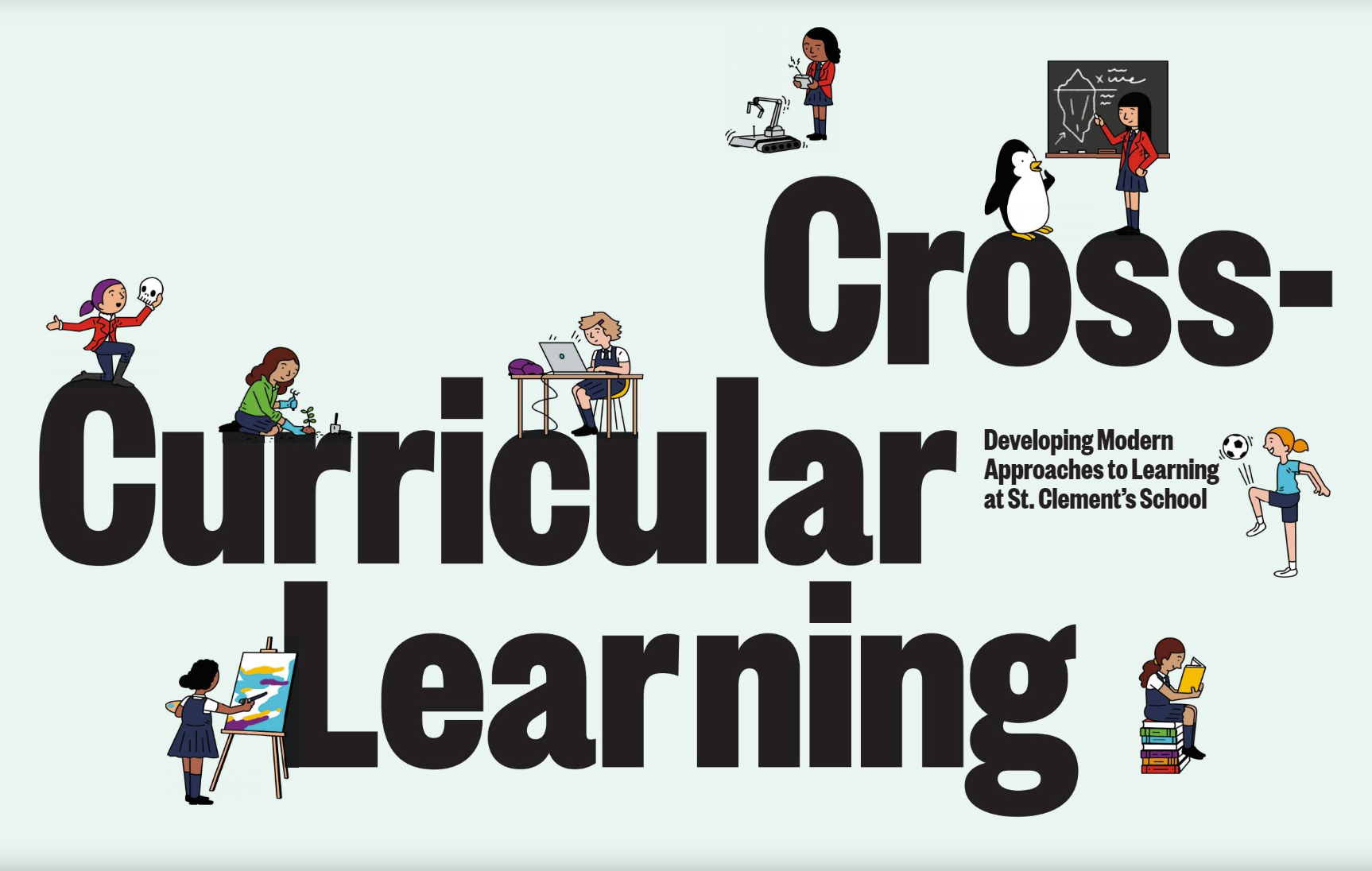
Benefits of Cross-Curricular Projects in Education
The advantages of integrating cross-curricular initiatives into educational practices are clear and impactful. Teachers and educators can create meaningful learning experiences that foster collaboration, creativity, and critical thinking. As we embrace these strategies, we arm our students with the tools they need to succeed in an increasingly complex world.
If you are searching about cross-curricular learning – St. Clement's you’ve came to the right web. We have 8 Pics about cross-curricular learning – St. Clement's like cross-curricular learning – St. Clement's, Cross-curricular: What Parents Need to Know and also Cross-curricular: What Parents Need to Know. Read more:
Cross-curricular Learning – St. Clement's

www.scs.on.ca
curricular clement strived
Cross Curricular Lessons Motivate Children
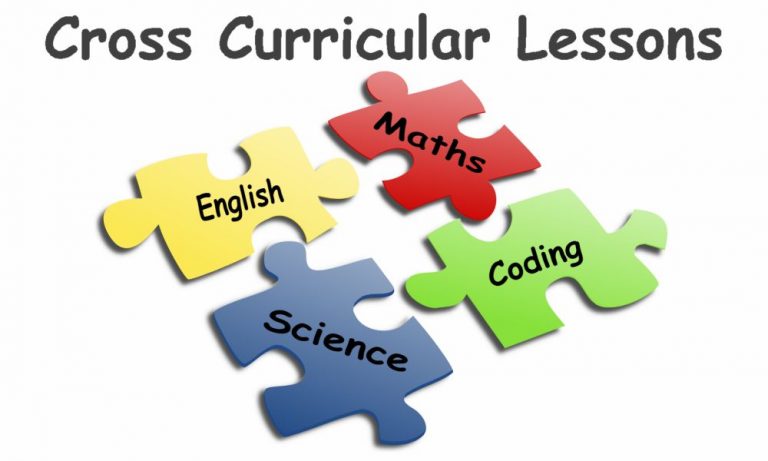
s4scoding.com
3 Benefits Of Using Cross-Curricular Teaching – Fun Times In First

www.funtimesinfirst.com
Caracter Building: Benefits Of Cross Curricular Instruction

teachskill.blogspot.com
Free Cross Curricular Activities I Learning At Home Resources – Riset
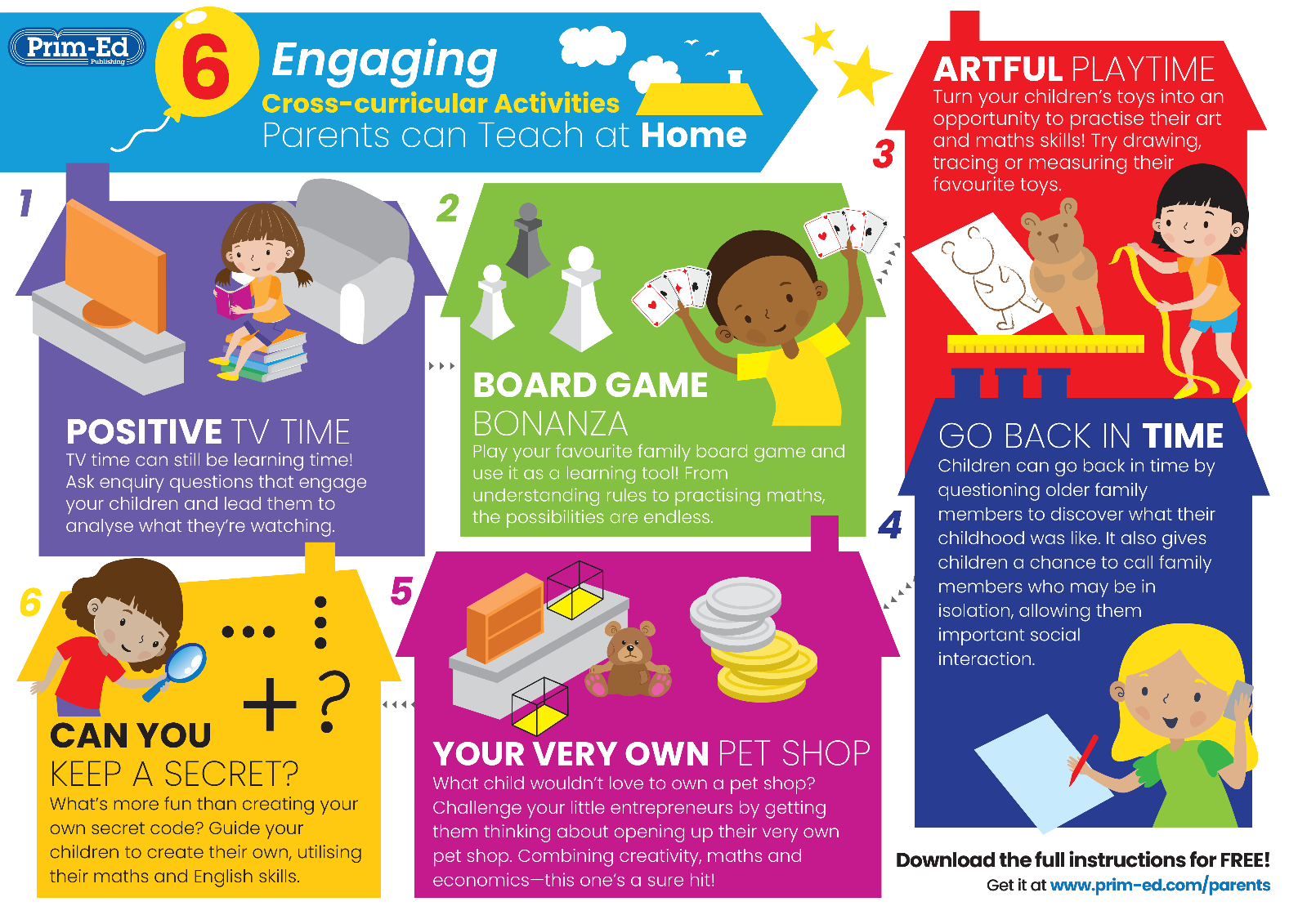
riset.guru
Benefits Of Extracurricular Activities In Students Development | Extra

www.pinterest.ph
Cross-curricular: What Parents Need To Know

moonpreneur.com
5 Cross-Curricular Projects That Will Keep Students Engaged And

alternativeamie.wordpress.com
Cross-curricular: what parents need to know. Cross-curricular learning – st. clement's. Benefits of extracurricular activities in students development


